How the country’s largest corporations build innovation processes,
collaborate with startups, and develop sustainable growth models.
collaborate with startups, and develop sustainable growth models.
Research
Corporate Innovation in Kazakhstan:
Analysis of Development Factors
Analysis of Development Factors
The study was conducted with the support of leading players in Kazakhstan’s innovation ecosystem.
The report covers:
What barriers hinder innovation development within corporations
The role of employees and partnerships with startups
How companies structure internal implementation processes
This report presents a comprehensive analysis of the innovation maturity of Kazakhstan’s largest companies, identifying key barriers and growth opportunities for corporate innovation.

/ 01
The study examined three key levels of corporate innovation maturity:
the presence of an innovation agenda and strategic initiatives.
Strategy
A comprehensive analysis of these areas has offered an in-depth and holistic understanding of the current state of corporate innovation in Kazakhstan
Research Focus
/ 02
implementation mechanisms, structures, and resources.
Operating Model
/ 03
innovation culture, employee involvement, and motivation for initiative.
People and Engagement






For most Kazakhstani corporations, innovation is no longer seen as an experiment but as an integral part of long-term strategy. Companies increasingly view it as a tool to enhance resilience and operational efficiency.
Lack of motivation– in 55% of companies, employees’ innovation activity is not rewarded, reducing their interest in such initiatives.
Limited development opportunities – only 12% of companies have training or acceleration programs for employees.
Weak corporate culture – in 33% of organizations, innovation is perceived as a one-time, top-down initiative rather than part of the company’s environment.
Key Findings
Responsibility distribution remains unclear
Reasons for low employee engagement:
Innovation is shifting from isolated
initiatives to a strategic direction
initiatives to a strategic direction
Collaboration with startups is becoming the norm, but remains uneven
54% of companies have designated specific management roles for innovation, 21% link innovation to HR departments, 14% assign it to the CEO, and in 11% of cases, responsibility lies with individual project initiators.
56% of respondents believe that with stable resources, in-house innovation implementation is both feasible and more cost-effective.
The main focus is not on breakthroughs,
but on strengthening existing market positions.
but on strengthening existing market positions.




The implementation toolkit remains uneven
Around 60% of companies use agile methodologies (Agile, Scrum, Kanban), but often at a superficial level. The remaining companies rely on fragmented approaches, which makes scaling and knowledge accumulation difficult.


The future of corporate innovation in Kazakhstan depends on how effectively companies can transform innovation from formal initiatives into a sustainable system built on people, culture, and partnerships with startups.

Two corporate venture funds are already being established in Kazakhstan — a first step toward building a full-fledged CVC infrastructure in the country.

Today, innovation serves more as a defensive strategy aimed at maintaining market positions rather than as a driver of growth.

A positive trend is emerging: more and more companies are increasing their innovation budgets, laying the groundwork for future development.
Special thanks go to all the companies, startups, and experts who participated in the study. Their openness and experience made it possible to create an objective and valuable report for the market.





